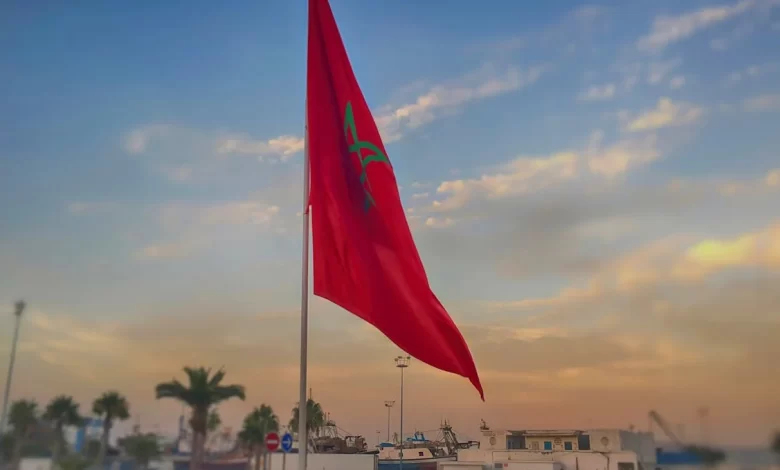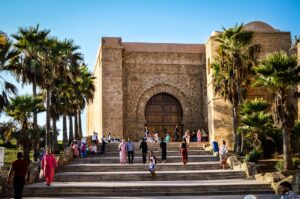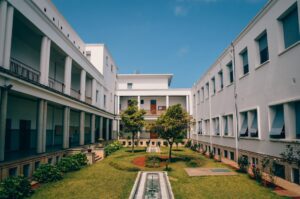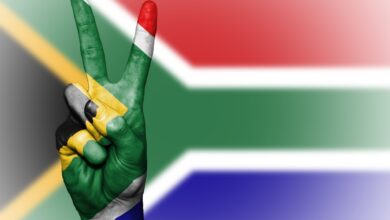
Morocco, officially known as the Kingdom of Morocco, is a North African country known for its rich history, diverse culture, and stunning landscapes. Bordered by the Atlantic Ocean and the Mediterranean Sea, and sharing land borders with Algeria to the east and Western Sahara to the south, Morocco covers an area of approximately 710,850 square kilometers and has a population of about 36 million people. This article provides an in-depth look into life in Morocco, exploring its history, culture, economy, urban and rural dynamics, and contemporary challenges.
Historical and Cultural Context in Morocco
Morocco’s history is a tapestry of influences from Berber, Arab, and French civilizations, among others. The Berbers, the indigenous people of Morocco, have lived in the region for thousands of years. The arrival of Arabs in the 7th century introduced Islam, which has since played a central role in Moroccan culture. The country also experienced periods of Roman, Phoenician, and French rule, each leaving a lasting impact on its cultural and architectural heritage.
Moroccan culture is a vibrant blend of these various influences. The country is renowned for its unique art, music, and cuisine. Traditional Moroccan music, such as Gnawa, Chaabi, and Andalusian classical music, reflects the country’s diverse heritage. Handicrafts, including pottery, leather goods, and carpets, are integral to Moroccan culture and economy. Festivals such as the Fez Festival of World Sacred Music and the Marrakech International Film Festival celebrate this rich cultural mosaic.
Urban vs. Rural Life in Morocco
Urban Life
Urban life in Morocco is characterized by bustling cities, modern amenities, and a blend of old and new. The largest cities include Casablanca, Rabat, Marrakech, and Fez, each offering unique experiences.
Casablanca, the largest city and economic hub, is known for its modern infrastructure, vibrant nightlife, and the iconic Hassan II Mosque. The city is a melting pot of cultures and a center for business and industry.
Rabat, the capital city, is a blend of historical and contemporary. It houses the Royal Palace, government buildings, and numerous embassies. The city’s medina (old town) and the modern districts provide a stark contrast, offering both historical charm and modern conveniences.
Marrakech, known as the “Red City” due to its red sandstone buildings, is famous for its historic medina, bustling souks (markets), and the stunning Jardin Majorelle. The city is a major tourist destination, attracting visitors with its vibrant culture and architectural beauty.
Fez, one of the oldest cities in Morocco, is known for its well-preserved medieval architecture and the University of Al Quaraouiyine, one of the oldest universities in the world. The city’s medina is a UNESCO World Heritage site, offering a glimpse into Morocco’s rich history.
Rural Life in Morocco
Rural life in Morocco offers a stark contrast to the urban experience, characterized by traditional lifestyles and a close connection to nature. The rural areas are home to picturesque landscapes, including the Atlas Mountains, the Sahara Desert, and fertile plains.
Agriculture is the mainstay of the rural economy, with activities such as farming, herding, and artisanal crafts. Major crops include cereals, olives, citrus fruits, and dates. Livestock farming is also prevalent, particularly in the mountainous regions.
Rural communities are often close-knit, with strong family ties and communal traditions. Traditional music, dance, and festivals are integral to rural life, preserving the cultural heritage. However, rural areas face challenges such as limited access to healthcare, education, and modern infrastructure, prompting ongoing efforts to improve living conditions.

Economic Landscape in Morocco
Morocco has a diverse and growing economy, with key sectors including agriculture, mining, manufacturing, and tourism. The country is one of the world’s largest producers of phosphates, which are a critical component of fertilizers.
Agriculture: The agricultural sector employs a significant portion of the population and contributes to both domestic consumption and export. The government has implemented various programs to modernize agriculture and improve productivity.
Mining and Industry: Mining, particularly of phosphates, plays a crucial role in the economy. The manufacturing sector is also expanding, with a focus on textiles, automotive, and aeronautics industries.
Tourism: Tourism is a vital part of the Moroccan economy, attracting millions of visitors each year. The country’s diverse attractions, from the beaches of Agadir to the cultural sites of Marrakech and the natural beauty of the Atlas Mountains, draw tourists from around the globe. The government has invested heavily in tourism infrastructure, aiming to make Morocco one of the top travel destinations in the world.
Social Dynamics in Morocco
Family and Society
Family is the cornerstone of Moroccan society. Strong family ties and respect for elders are deeply ingrained in the culture. Extended families often live together or maintain close relationships, providing mutual support and maintaining social cohesion.
Social Structure: Moroccan society is hierarchical but increasingly influenced by modern values. Urbanization and education are leading to changes in traditional social structures, with more opportunities for women and youth. However, traditional values and customs still play a significant role in daily life.
Education in Morocco
Education is a priority in Morocco, with the government investing in improving access and quality. Education is compulsory and free up to the age of 15. The country has a wide network of primary, secondary, and higher education institutions.
Higher Education: Universities such as Mohammed V University in Rabat and Hassan II University in Casablanca are among the top institutions. There is also a growing emphasis on vocational training to meet the needs of the labor market.
Challenges: Despite progress, the education system faces challenges such as regional disparities, high dropout rates, and the need for more skilled teachers. Efforts are ongoing to address these issues and ensure inclusive and quality education for all.

Modern Challenges in Morocco
Morocco faces several contemporary challenges, including economic inequality, unemployment, and environmental sustainability. The government has launched various initiatives to address these issues and promote sustainable development.
Economic Inequality: While the economy is growing, there is a significant gap between urban and rural areas in terms of income and access to services. Efforts to improve rural infrastructure, healthcare, and education are crucial to reducing this disparity.
Unemployment: Unemployment, particularly among youth and graduates, is a significant issue. Programs aimed at job creation, entrepreneurship, and vocational training are being implemented to address this challenge.
Environmental Sustainability: Morocco is vulnerable to environmental issues such as water scarcity, desertification, and climate change. The country has made significant strides in renewable energy, with projects like the Noor Solar Power Station, and is committed to sustainable development goals.
Daily Life and Leisure in Morocco
Cuisine
Moroccan cuisine is famous for its rich flavors and diverse ingredients. Traditional dishes such as couscous, tagine, and pastilla are staples, often enjoyed with mint tea. Moroccan cuisine uses a variety of spices, including saffron, cumin, and cinnamon, reflecting the country’s historical trade links.
Street food, such as kebabs, harira (a traditional soup), and msemen (a type of flatbread), is widely enjoyed. Moroccan markets (souks) are a sensory delight, offering an array of fresh produce, spices, and traditional sweets.
Entertainment and Technology in Morocco
Moroccans enjoy a wide range of recreational activities. Traditional music and dance, such as the Gnawa and the Ahidous, are an integral part of cultural celebrations. Modern entertainment options, including cinema, television, and sports, are also popular.
Technology: Digital technology is rapidly becoming a part of everyday life. Mobile phone usage and internet penetration are high, with social media and online services widely used for communication, entertainment, and commerce.
Outdoor Activities: The country’s diverse landscapes offer numerous opportunities for outdoor activities such as hiking, trekking, and desert adventures. Coastal cities like Agadir and Essaouira are popular for water sports and relaxation.
